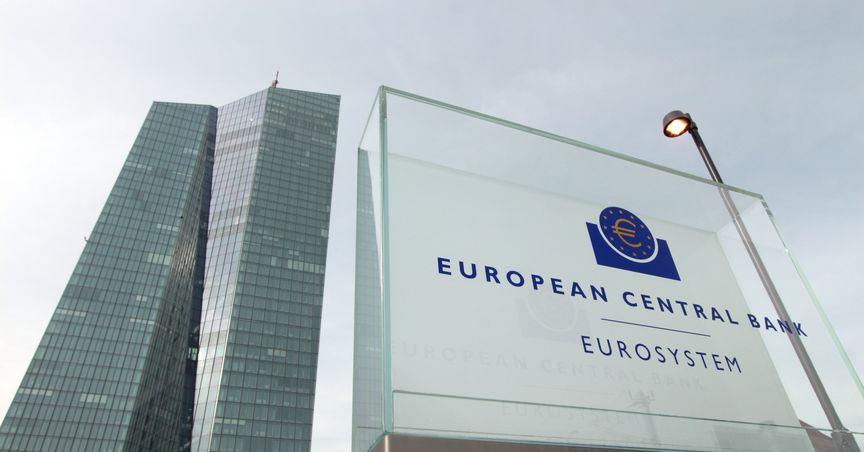Highlights
- The European Central Bank (ECB) might explore the option of using digital euros at online and physical stores to meet the payment needs of Europeans today and in the future
- Speaking at the Committee on Economic and Monetary Affairs of the European Parliament, Fabio Panetta, an executive board member of the European Central Bank, said that people see the ability to "pay anywhere" as an essential feature of a new digital payment instrument
- Panetta also acknowledged the privacy issues surrounding the space
The European Central Bank (ECB) might explore the option of using digital euros at online and physical stores to meet the payment needs of Europeans today and in the future. Speaking at the Committee on Economic and Monetary Affairs of the European Parliament, Fabio Panetta, an executive board member of the European Central Bank, said that people see the ability to "pay anywhere" as the most crucial feature of a new digital payment instrument.
Panetta seemed to imply that merchants in Europe may be more open to accepting a digital euro if there was demand. Having said that, Panetta hinted that it's still in its infancy and citizens and merchants alike are still in the process of learning more about how the concepts of a digital euro might operate.
Also read: What makes Balancer (BAL) crypto a unique protocol?
Privacy concerns remain
Panetta acknowledged the privacy issues surrounding the space, the ECB and the central bank will further work on the area. Besides, Panetta also said that the ECB would also take note of the responses that it received following various rounds of consultation meetings with the Central Bank, which happened between October 2020 and January 2021.
Panetta, in his speech, said that though cash remains the dominant form of person-to-person payments, but the very fact that instant, easy, contactless payments are the second-most valued feature would give people confidence.
Panetta feels that physical stores still dominate the market segment for digital payments, therefore, it would make more sense to target them. Though less in number, E-commerce payments will grow at a rapid pace as we head into the future.
Also read: The curious case of Gerry Cotton and Quadriga CX scandal
Therefore, Panetta revealed that keeping the current situation and the future in mind, payments in e-commerce and physical stores, are the go-to places to be prioritised among the possible use cases of a digital euro. Besides, ECB is also planning to use the digital euro as a mode of payment systems between governments and individuals.
Conclusion
Eventually, if and when the European Central Bank rolls out its digital euro plan remains to be seen, but it is likely to go through another series of talks and deliberations. But first, it looks like it will have to tick all the boxes when it comes to comfort, security and easiness before both merchants and citizens open up to the idea of using a digital euro at stores.



_09_03_2024_01_03_36_873870.jpg)


